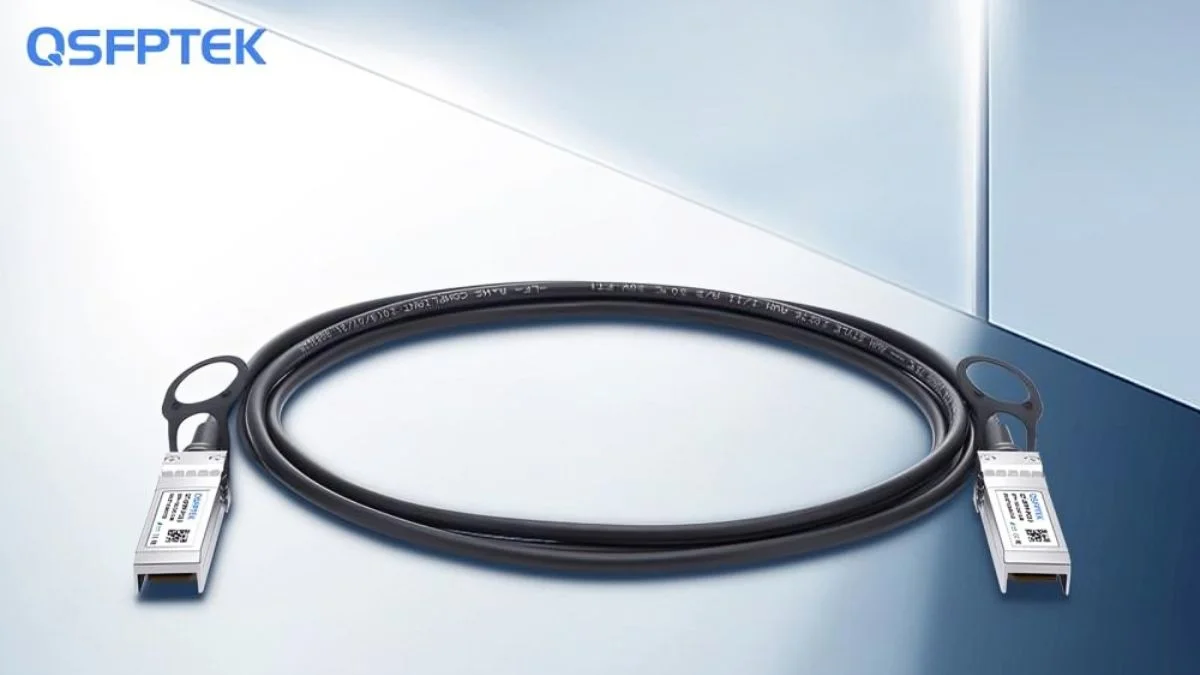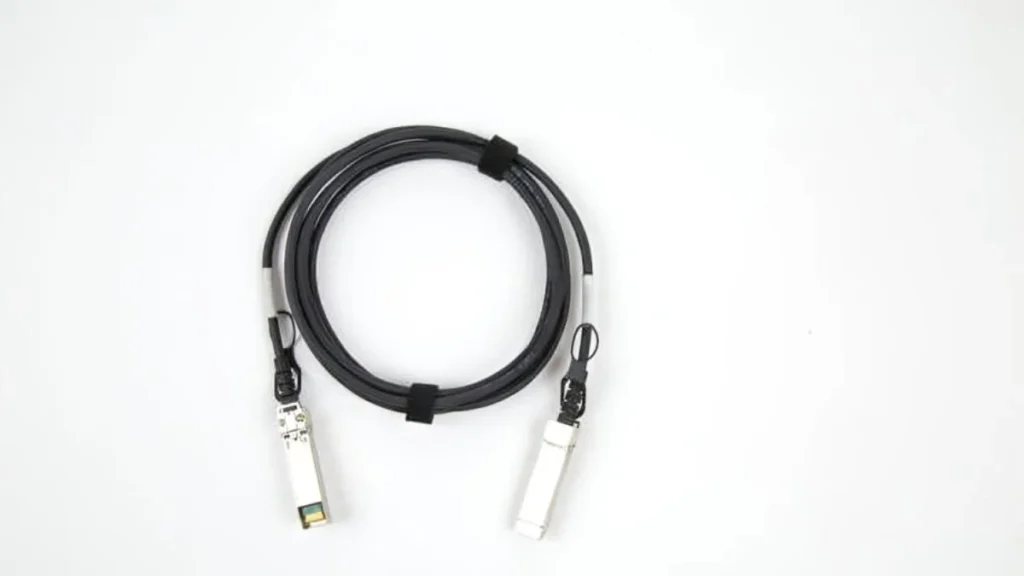TIPS
The Role of 10G DAC in High-Frequency Trading

In the fast-paced world of finance, high-frequency trading (HFT) relies heavily on the ability to execute trades at lightning speeds. Every millisecond counts, and firms invest heavily in technology to gain a competitive edge. Using 10G Direct Attach Copper (DAC) cables is a critical component in achieving this low-latency performance. This article explores how 10G DAC technology supports HFT systems, enhancing data transmission speed and reliability.
Table of Contents
Understanding High-Frequency Trading
High-frequency trading involves executing a large number of orders at extremely high speeds. Traders use algorithms to analyze market conditions and make split-second decisions. The ability to send and receive data quickly can significantly impact trading outcomes, making speed and reliability paramount. HFT systems are often housed in data centers located close to exchange servers to minimize latency, and the choice of connection technology plays a crucial role in this setup.
What is 10G DAC?
10G DAC cables are copper-based interconnects designed for short-distance data transmission. Unlike traditional fiber optic cables, which can be more expensive and complex to install, DAC cables offer a cost-effective and straightforward solution for connecting networking equipment within a data center. They support data rates of 10 gigabits per second, making them ideal for applications that require high bandwidth and low latency.

Low Latency and High Throughput
One of the primary advantages of 10G DAC in high-frequency trading is its ability to provide low-latency data transmission. Latency refers to the time it takes for data to travel from one point to another. In HFT, even the slightest delay can result in missed opportunities and significant financial losses. DAC cables achieve low latency through their inherent electrical properties and short lengths, typically ranging from one to seven meters, which reduces the time it takes for signals to propagate.
Moreover, the high throughput of 10G DAC enables firms to handle large volumes of transactions simultaneously. This capability is essential for HFT firms, which execute numerous trades in fractions of a second. The combination of low latency and high throughput allows traders to make real-time decisions based on the latest market data, improving their chances of success.
Cost-Effectiveness
In addition to performance benefits, 10G DAC cables offer a cost-effective solution for high-frequency trading environments. Compared to fiber optic cables, DACs are generally less expensive and easier to install. This affordability allows trading firms to allocate more resources to other critical areas, such as software development and algorithm optimization. Additionally, since DAC cables do not require optical transceivers, the overall system complexity and costs are further reduced.
Reliability and Stability
Reliability is another crucial factor for high-frequency trading systems. 10G DAC cables are designed for high durability and stability, making them well-suited for the demanding environments of data centers. Their robust construction minimizes the risk of signal degradation, ensuring consistent performance over time. This reliability is vital for HFT operations, where any disruption can lead to missed trading opportunities.
Conclusion
As high-frequency trading continues to grow in complexity and competitiveness, the importance of low-latency data transmission cannot be overstated. 10G DAC cables provide a powerful solution for achieving the speed and reliability needed in this fast-paced environment. Their low latency, high throughput, cost-effectiveness, and reliability make them an ideal choice for HFT firms looking to enhance their trading systems. By investing in 10G DAC technology, traders can position themselves for success in the increasingly competitive world of finance.
For more expert advice, make sure to visit our blog for the latest updates!
-

 GENERAL6 months ago
GENERAL6 months agoChristofle – For Those Who Dream of Family Heirloom Silver
-

 SPORTS8 months ago
SPORTS8 months agoDiscover the World of Football with Streameast: Watch Your Favorite Leagues and Tournaments
-

 GENERAL5 months ago
GENERAL5 months agoUncovering the World of кинокрадко: The Dark Side of Film Piracy
-

 GENERAL2 months ago
GENERAL2 months agoATFBooru: Anime, Gaming, and Subculture Imageboard























